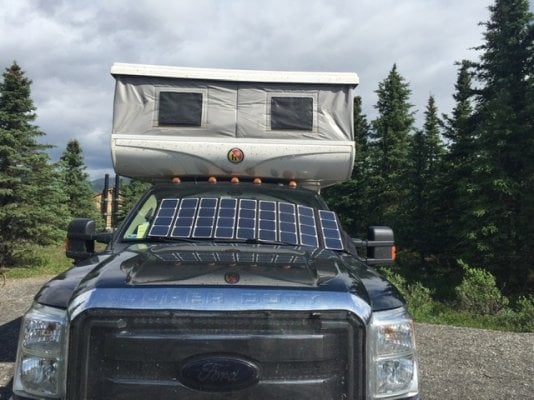I bought a 2018 Raven shell and have been slowly buying things like chairs and tackling issues like water and toilet stuff to my satisfaction.
It came solar ready without panels and with a single battery. I considered searching archives, but that space changes so quickly, it isn't like looking for a cooler or a toilet.
We won't be gone for weeks at a time out in the middle of nowhere, so I wouldn't need to overbuild a system (which is my tendency). We just don't want to run out of juice if we spend a long weekend in a single location.
To that end, what would you recommend I add and which specific products do you prefer and why?
Thanks!!!
It came solar ready without panels and with a single battery. I considered searching archives, but that space changes so quickly, it isn't like looking for a cooler or a toilet.
We won't be gone for weeks at a time out in the middle of nowhere, so I wouldn't need to overbuild a system (which is my tendency). We just don't want to run out of juice if we spend a long weekend in a single location.
To that end, what would you recommend I add and which specific products do you prefer and why?
Thanks!!!

